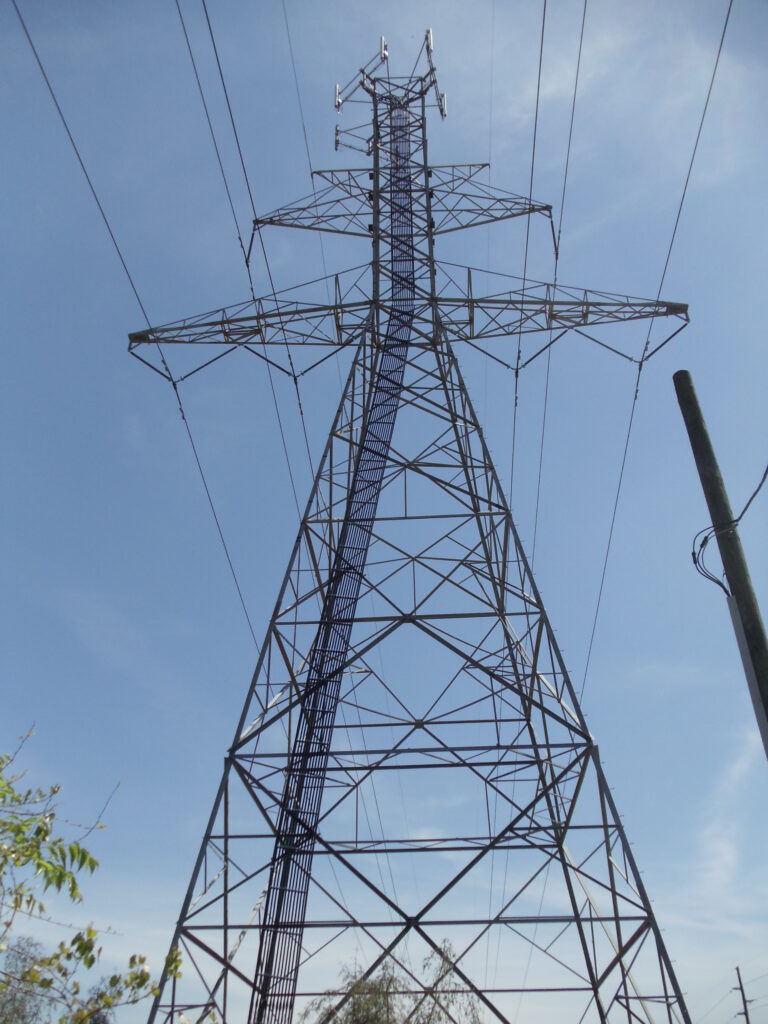Purpose:
A desktop study is generally considered to be a preliminary review of readily available and accessible information about a project site to help determine what additional data may be needed. A desktop study is generally conducted during the conceptual design phase and prior to actual on-site investigations needed for final design. This allows the engineer to make earlier decisions regarding design and construction alternatives with respect to finding the most economic and practical methods.
Types:
Prior experience in a particular geographic region can be extremely valuable as it can make the project team more sensitive to potential conditions on the ground that can have costly and time-consuming impacts.
Study of historical aerial photography can help identify evidence of streams that have meandered considerable distances over time. Old former landfill sites, environmentally sensitive locations, sites with archaeological or historical significance and even former military installations with possible unexploded ordinance are all areas which are ideally avoided. This is all information that can be found in old land records and topographic maps. This data can prove very significant for routing of lines or spotting of structures.
Elevation data is readily available from the United States Geological Survey (USGS). It Is generally of sufficient accuracy to perform preliminary routing. In some instances, it can be used to begin procurement of structures. USGS Interactive Geologic Maps of US States can also be of value. This resource can help determine the extent of geotechnical exploration and follow up lab work that may be needed. It can also provide a glimpse into the soils or rock types prevalent at a particular location. This can be useful for determining what type(s) of foundations to use. For example, if it is determined that granite is located along a transmission route, conventional drilled pier construction may not be the most practical or economical foundation type to construct.
Benefits:
The greatest benefits to be recognized from such studies can be placed into three categories including:
- Improved cost estimates – If the extent of testing and laboratory analysis can be fine-tuned, it will lead to improved cost estimates. In addition, the earlier that decisions can be made about foundation types or structure counts, costs to complete the project can be better estimated.
- Avoiding unforeseen obstacles – Concerns related to discovery of sites that are sensitive to construction during a project include delays that can lead to missed energization dates and unplanned costs related to re-routing or mitigation.
- Achieving challenging project schedules – Given the challenges of onboarding contractors and material lead times, it is essential to get ahead of a project in any way possible. A desktop study can provide the essential time needed to accomplish those challenging project schedules.
